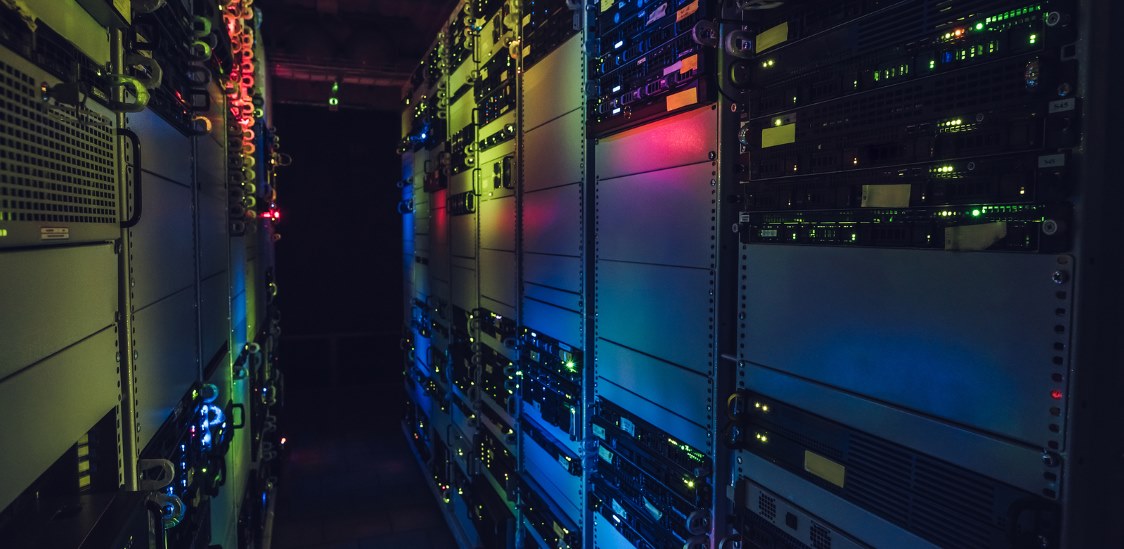If 2023 was the year of generative AI disrupting nearly every industry, 2024 will be the year that enterprise organizations focus on digital transformation and enhancing cloud computing infrastructure to meet growing demands and innovations in AI, ML, IoT, and more. This is further underscored by the continued adoption of remote or hybrid work environments and an increasing appetite for digital experiences.
In fact, Gartner estimates that 75% of organizations will adopt a cloud-centric digital transformation model by 2026. To provide more sophisticated digital services, organizations must be equipped to handle greater amounts of data output.
As more and more enterprises look to reinvent their networks for 2024, they must refine, enhance, and deliver high-speed cloud computing and storage solutions to more areas with greater security at lower costs.
#1: Investing in Added Layers of Security
According to JLL, the cloud’s ability to deliver AI’s fast, accurate responses has driven the need for higher power densities and additional data center infrastructure. With more reliance on the cloud, security remains a top concern for enterprises, citing issues with data loss, ransomware, and increased cyber threats.
While sophisticated technology plays a role in advanced cybersecurity risks, so does human error. Maintaining a safe cloud infrastructure is a two-way street where both customers and hyperscalers must take measures to ensure security; however, a lack of communication and understanding around security measures increases vulnerabilities.
This happens when customers moving to hyperscalers assume that their networking will work to protect them against cyber threats. On-prem solutions are secured by a combination of virtual and physical security measures, including firewalls, VPNs, and antivirus software. While effective, on-prem solutions are slower, costly, limited by location, and rely on the maintenance of IT teams.
With wide-scale cloud adoption, automation centralized protections, allowing a false sense of security to settle in. Customers moving to a public cloud place their trust in underlying network infrastructure to provide security services, but security is a two-way street. While hyperscalers provide connectivity fabric and certain security measures, the underlying network infrastructure is not yet fully reliable. Customers must invest in additional layers of software on top of the network to be fully secured and reduce data loss, prevent leaks, and secure gateways.
Finding the right security program is essential to understanding and implementing threat protection. This also allows organizations to find the most comprehensive and cost-effective solutions for their needs. By adding additional software, enterprises are better equipped to protect their data from cybersecurity issues.
#2: Taking Advantage of Cost and Optimization Benefits
Hyperscalers are necessary for enterprises looking to meet and innovate according to the evolving demands of our data-driven world. This increased reliance has led to enterprises figuring out how to use the networking backbone of hyperscalers to connect their data centers.
Previously, enterprises invested in private fiber networks or MPLS for data connectivity. As enterprises move more workloads to hyperscalers, they will realize the amount of cost savings and optimization available by taking advantage of the hyperscalers’ network.
This will expand the use cases for hyperscalers beyond computing storage, increasing their appeal across industries. Shoppers will consider this as they seek to add services while saving money. As a result, hyperscalers must be affordable, available, and efficient to remain competitive.
#3: Preparing for High-speed Internet
More broadly, enterprises and businesses of all sizes will benefit from increased high-speed connectivity now and in the future. Touted as an industry revolution, 5G promised to support technological innovation but was hindered by a slow, patchwork rollout process. With the first countries providing 5G services in 2019 and many industries still working on providing that coverage, 5G has fallen flat on those promises.
As network service providers look to 6G and beyond, lessons from the 5G rollout will inform the next generation of connectivity. This will lead to quicker, more efficient, and widespread adoption of 6G, which will improve the bandwidth required to handle AI and other advanced technologies.
#4: Connecting Everyone, Everywhere
Working with big tech, hyperscalers, and faster network speeds will also broaden and enhance connectivity writ large, addressing areas with limited or non-existent connectivity to increase the availability and use cases of advanced technologies. Companies like Starlink are already leading the way, expanding their satellite internet constellations to provide reliable, high-speed internet “anywhere on Earth.”
This is supported by a more globalized world reliant on digital technologies, as well as improvements towards the general democratization of network connectivity and hybrid work environments. As people increasingly migrate towards more remote areas to live, work, and play, organizations will benefit from efficient providers launching competitive solutions and improved global connectivity.
While it’s still early in the year, the trends shaping the future of big tech and hyperscalers for 2024 are based on operations set in motion years ago. Leaning on past experiences will guide organizations to bolster cloud computing infrastructure as they work to meet the escalating demands of AI, ML, and other advanced technologies. Through strategic investments in digital innovation, big tech and hyperscalers are primed to overcome issues related to accessibility, cost efficiencies, performance, and security across the enterprise space.




















